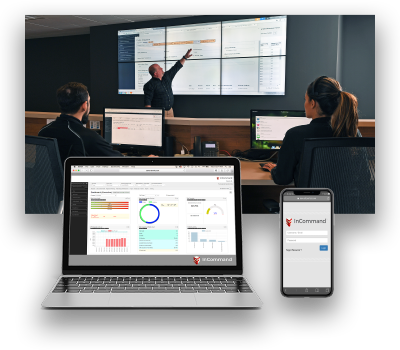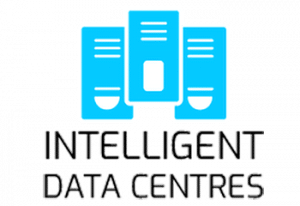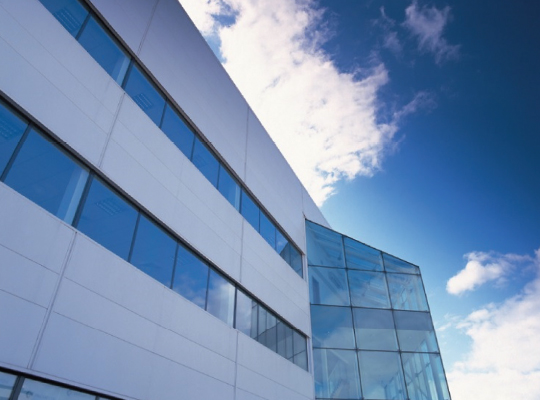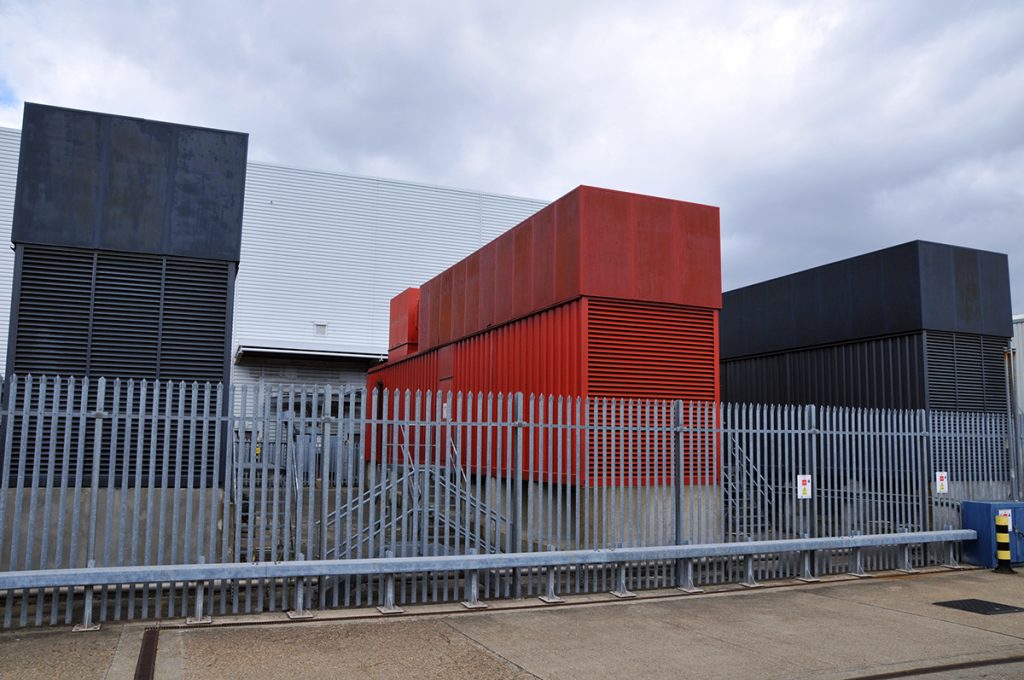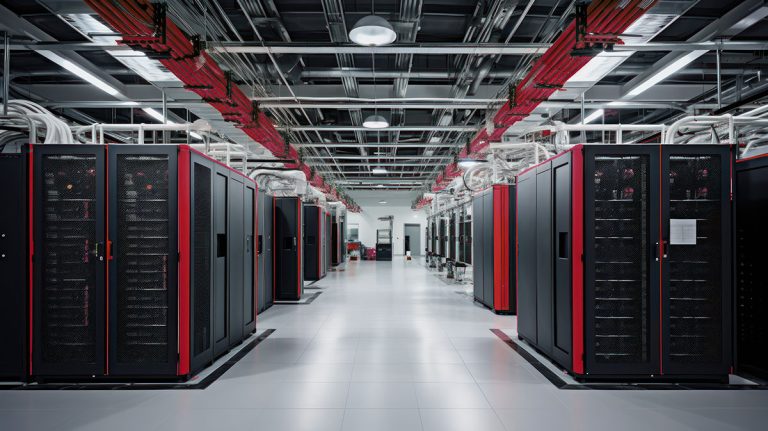Intelligent Data Centres: Can you tell us about your role at the company and how you contribute to ensuring business success?
Jim Shanahan: I’m responsible for uptime – for keeping the lights on, keeping the business running and keeping our customers happy across our global data centre portfolio. I’m also responsible for business in EMEA as we expand. Until recently, we were mainly a US-centred company and we planted the flag in EMEA in 2018. We’ve been steadily expanding since and one of my responsibilities is continuing that expansion – so driving business within EMEA.
What was the driver behind the modernisation of the facility?
This particular data centre in London was originally an enterprise data centre with a single tenant. As is common with a lot of enterprise data centres today, they become trapped in a spiral as systems age, efficiency decreases and per kW operating costs increase. We entered into a sale and leaseback arrangement with the original owner of the data centre. We renovated the existing space, fitted out the unused space and increased the quality of the operation. This created additional value by unlocking stranded space and providing capacity to new users in a multi-tenant environment. So, everybody benefitted from the modernisation of the facility and that was the key driver.
Why did you select i3 Solutions Group as the vendor?
We’ve known i3 Solutions Groupfor some time and it is well-known in the data centre industry as a leading mechanical and electrical designer of data centres. We had successfully worked together on a few smaller projects, so it was a natural choice for us. We’re very happy with our decision. i3 Solutions Group is now a trusted partner of Serverfarm and we consider it to be the best data centre design house in EMEA.
Why was increased data capacity a requirement and what long-term benefits does this offer?
The economics dictate that if wholesale data centre is less than 2-3MW, it’s really tough to make it work financially. Therefore, the increased capacity at LON1 was driven by market economics. By increasing the capacity above 3MW – and we have invested in this site and brought it into the 10-12MW range – it has created a financially stable and sustainable data centre going forward. Today, it’s very rare you’ll find something less than 2-3MW and those that are tend to be tough financially and tend to be sites that are under-invested.
How important are environmental factors for your customers and how has this project generated efficiencies in this area?
Environmental sustainability is very important for all our customers. Data centre tenants these days are very concerned about every aspect of providing a sustainable service. Part of that is the best use of space. Some of the efficiencies we have generated from a sustainability perspective is due to the sale and leaseback of an existing site rather than a Greenfield build. We have provided a much lower carbon footprint to bringing new data centre capacity online. When you’re repurposing an existing building’s shell, you eliminate the need for new steel, concrete and groundwork so you greatly reduce CO2 release. We had the shell, so we effectively repurposed the data centre using its existing footprint to keep it intact and just fitting out the equipment inside. That makes a massive difference for sustainability.
We have a much-improved PUE, so the Power Usage Effectiveness of the LON1 data centre is much higher, demonstrably a more efficient data centre. We created a much more efficient operation because we’re over the kind of critical mass in terms of the size of data centre. This allows us to negotiate keener power pricing and more sustainable choice of power sources to include more renewables. This allows our customers and their end-users to make sustainable choices when they’re locating with us.
What are some of the main advantages of being situated in a prime location?
In data centres, location is a big driver. Our data centre is located between Slough and London – Slough being one of the main data centre thoroughfares in Europe currently. We are on the main transit and fibre paths between Slough and the city.
The historical picture in regard to location was often more about server huggers and how they wanted their servers located close-by so that they had physical access to them regularly. There was much less remote access happening. Now, it’s more about providing ‘smart hands’ services remotely.
The location story has now changed to being in close proximity to where you need to be from a data transfer perspective. For example, it might be sub-millisecond latency to major cloud on-ramp. And there are two major factors driving that location aspect; if you’re a hub facility, your data centre really needs to be at the centre of the eyeballs you want to serve. It’s about targeting the centre of gravity of your users and where you can locate your large hub data centre to serve them. The second one is around being an Edge data centre and the location there is picked to best serve a concentrated local area. So, in our case, we’ve got the best of both worlds – we’re hitting both of those needs. We’re big enough to be a UK hub and well-located in providing Edge services to a growing number of our end-user tenants for the London metro area.





